After years of long-standing success, OLED TVs, which are recognized as the next generation of display technology, finally went on the market in 2013. The highly anticipated OLED TVs in the early stages of the Korean market performed generally. Afterwards they fought in the US and European markets, and market feedback remained unchanged. Then OLED TVs cut prices one after another. Now the cheapest 55-inch curved 1080p OLED TV is only about 3,000 US dollars. However, this price is still 3 times more expensive than LCD of the same level. Is there any hope for it?
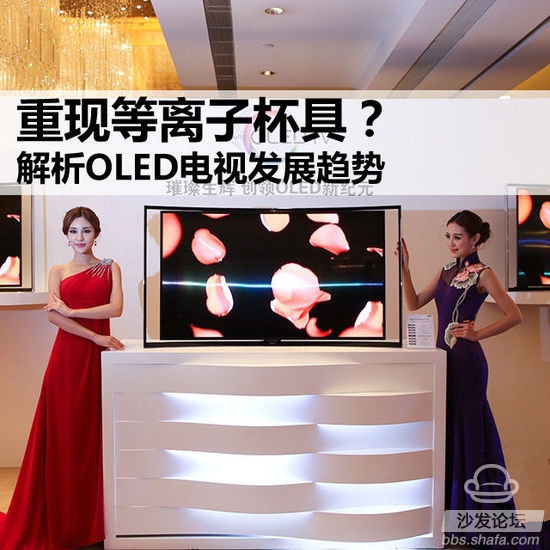
Analyze the development trend of OLED TV
On the other hand, the liquid crystal technology with inherent flaws and hard flaws has been able to adapt to the market demand through the transformation of major TV manufacturers and panel makers. With high resolution and price advantages, the plasma TVs have quickly become overwhelming, eventually becoming Absolute overlord in the display area. Today, LCD TVs are still very strong, and have even developed to the curved display stage. Under such circumstances, are there still opportunities for high-end OLED TVs?
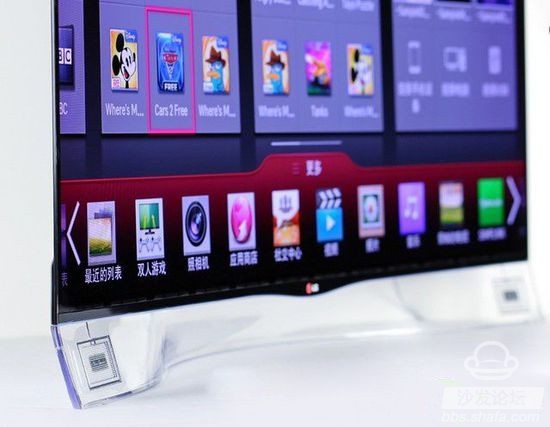
There is no new display technology that can compete with OLED
It should be said that the view that OLED TV will replay the plasma path is not very reliable because the development of plasma technology has LCD technology competition. Both technologies have their own advantages. Ultimately, the congenital LCD technology through continuous efforts and numerous Manufacturer support comes to the fore. As an OLED TV with display technology of the next era, there is no direct competitor. Its physical characteristics are unmatched by liquid crystal technology and plasma technology. Therefore, OLED has enough time to perfect itself and then enter the mainstream market.
Japanese TV manufacturers OLED alliance, then collapsed
About 2012, Sony and Panasonic two major Japanese TV brands announced the establishment of the OLED TV alliance, the two sides jointly funded to overcome OLED technology problems, and to share each other's OLED-related technologies, this move is considered to be the Japanese rely on the rise of OLED TV signals. Sony and Panasonic’s TV business are weak. Sony’s TV business has suffered losses for nine consecutive years, and Panasonic’s plasma TV business has encountered the dilemma of “unfortunately ignoring the taste of food.†The LCD TV business is also powerless.

CES2013: Sony Releases 56-inch 4K OLED TV
In this environment, Sony and Panasonic jointly develop OLED TVs is a wise way. The good times did not last long. This was a result of the fact that the favored “newly-married couples†failed to bear fruit and expressed each other the idea of ​​“can't go on with each other againâ€. On the Christmas day on December 25, 2013, Qiaogui Bridge Road returned home. Disperse.
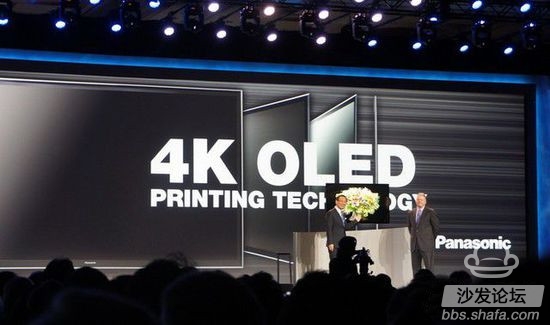
Japanese OLED TV is in an indefinite period
LG's persistent return: mass OLED shine
OLED TVs are inseparable from the support of their partners. Unfortunately, in the past two years, only LG Electronics has remained steadfast in its OLED strategy. The Japanese OLED TV Alliance has collapsed, and Samsung’s conservative operations have seriously slowed the development of OLED TVs. To know that OLED is the genuine second-generation display technology, LCD technology is completely incomparable. All OLED TVs shown by LG are amazing, with large size and 4K Ultra HD.

LG New 4K OLED TV

LG Surface 4K OLED "Video Wall"

OLED does not need backlight: black field performance is impeccable
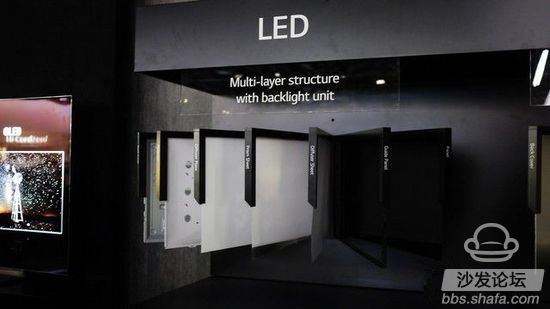
LCD LED needs backlight system

Ultimate color reproduction level
Competition for large-size OLEDs: Samsung returns to the game
According to South Korea's Samsung Business Korea media report, Samsung Electronics has applied for multiple patents related to OLED technology at the same time. It is not difficult to know from the patent application, Samsung’s restart of the OLED TV program is a sure thing, Samsung’s OLED application. patent comprises a "Super UHD OLED", "Ultra Super OLED", "Samsung Super Ultra OLED", "Ultra OLED" and the like.
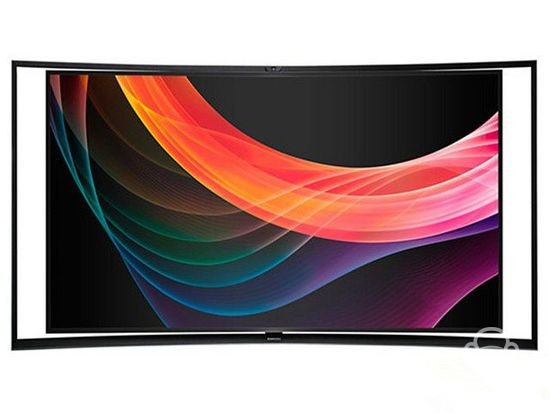
September 2013: Release of Samsung KA55S9C (OLED TV) China
In fact, Samsung’s “Two-line (LCD + OLED) strategy†is also a pragmatic one. LG Electronics, which has never given up OLED TVs, has always adopted this method. After all, LCD TVs have a long transition period. Gambling OLEDs will lose a lot of market share. In addition, the OLED TV strategy promoted by LG is assisted by domestic brands such as Changhong, Skyworth, and Hisense. These domestic brands will also launch TV products based on LG OLED panels. Unfortunately, the focus of these brands is not on OLED TVs. Let LG Electronics be passive.
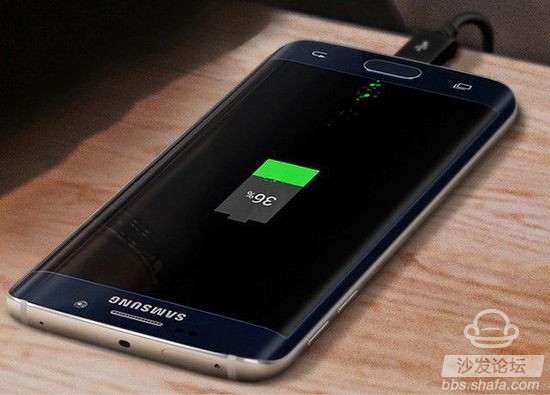
Samsung is expected to become the industry leader in OLED technology
The Future of OLED TVs: No Time
The new QLED display technology still belongs to the liquid crystal (LCD) display technology category. Similar to the previous CCFL (cold cathode fluorescent lamp) and WLED (white light emitting diode), QLED (quantum dot light emitting diode) is a brand new backlight control display technology. It has many more advanced physical features such as energy saving, more stable display, and more. Of course, the corresponding light leakage problems, screen uniformity issues, screen smearing issues, etc., these are still lingering flaws.
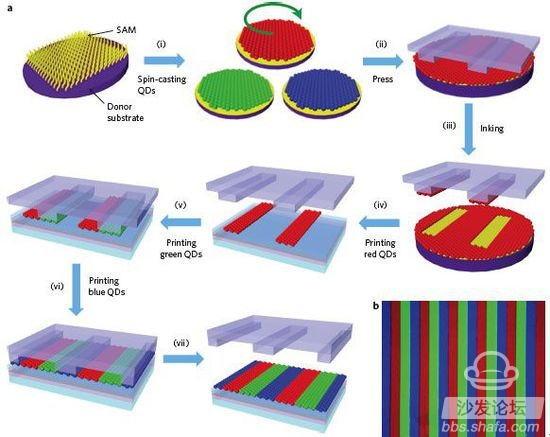
QLED is essentially LCD
OLED TVs do not become plasma, but it takes a long time to develop
Samsung has achieved great success on small-size OLED screens. As the global leader in the TV market, it is of great significance for Samsung OLED TVs to return to the battlefield. Through continuous competition with LG Electronics, it can not only accelerate the development of OLED display technology, but also significantly Pulling down the terminal price of OLED products, obviously, for OLED TVs, Samsung's joining is an excellent start.
The most fundamental reason for OLED TV is the cost, the cheapest OLED TV on the market today is a 55-inch surface 1080p specification TV, the price of about 1,999 yuan, while the same 55-inch 1080p LCD TV specifications, but about 6,000 yuan, The difference between the two parties exceeds 3 times, which is an insurmountable gap for consumers. Therefore, OLED TVs are not currently threatening for the LCD market, although there are many consumers who like it.

LG OLED TV has less than 20,000 yuan
Quantum dots continue the life cycle of LCD TVs, but they are unable to change the fact that LCD technology is seriously behind. Future hopes will surely fall on OLEDs. More and more electronic products will choose OLEDs as development centers, such as BMW's OLED lights. For example, Apple's Apple Watch equipped with OLED screens, etc., all of which indicate that OLED can be applied to many aspects of the field of science and technology, but the high cost of OLED large-size TV still takes time to solve, we will wait and see.
This content is copyrighted exclusively by SofaNet. Welcome manufacturers to further exchanges and cooperation with us to create more in-depth product reports. contact us

Smart TV box recommended to install sofa butler, download address: http://app.shafa.com/
Sofa Net is an Internet technology company specializing in smart TVs and boxes. It owns popular products such as sofa butlers, sofa tables, and sofa forums. It has been committed to providing high quality application resources for smart TV and TV box users and active community exchanges. And authoritative evaluation of smart TV products. Kingunion Lighting Co., Ltd. , http://www.sz-ledlight.com
